As gardeners, homesteaders, and off-grid types of all sorts, we know the importance of compost – it adds essential nutrients back to the soil and can help transform a lackluster, underperforming garden into an extremely productive oasis. But how do you go about making it? And what exactly is the difference between hot and cold composting? Is one of them better than the other, or are they equally good? Well, that is exactly what we will be looking at in this article. Without further ado, let’s get down and dirty into the world of composting.

Composting Basics
Before we look at the differences between hot and cold composting, let’s first take a gander at what compost is in general. According to the dictionary, compost is “a mixture of various decaying organic substances such as dead leaves or manure, used for fertilizing soil.” Basically, compost is just any once-living thing that you put in or on your soil to improve it. You must remember that ultimately, much of what makes up the dry mass of living things was at one point part of the soil. Applying compost to the soil puts all those good nutrients back where they originally came from so they can be used all over again.
As such, compost is what helps complete the nutrient cycle. If you have a farm and never applied any sort of compost, it would eventually stop producing plants. It would be a veritable barren wasteland, because with every successive crop, you are removing a portion of the land’s nutrient load (which is now stored in the crop), and shipping them off to be sold at farmers market or grocery store. Those nutrients are consumed and then flushed down the toilet, never to return to the land of their origin.

To make any compost, you need to put organic matter in a pile and wait. It can be as easy as that. However, if you want to make the best compost you can, you will want to ensure you have the right ratio of carbon to nitrogen. Generally, you want a ratio of around 28:1 carbon to nitrogen (the optimal range is usually from 25:1 to 30:1). How will you know you have this range? Well …you won’t. Not without a fancy lab test, at least, but you can get pretty darn close by watching what you put on the pile. Basically, this involves putting in the right amount of “brown” plant matter (that which has a high C:N ratio) and “green” plant matter (that which has a low C:N ratio). Brown compostable materials are things like wood (and wood products like paper, sawdust, or cardboard) and dried out plant material (straw, corn stalks, etc.).
Green compostable materials are recently living plant material (like hay, weeds, garden trimmings) and manures (chicken droppings, barn muck). When putting these things in the compost pile, a tried-and-true method is to put about twice as much “brown” stuff as “green” stuff. For example, if you have a 5-gallon bucket, fill it up twice with sawdust and once with horse manure. Keep following this pattern until you have made the pile.
Hot Composting

Hot composting is so named because it actually does generate a great amount of heat. It is an aerobic process (one that uses oxygen to help the decomposition), and the breakdown of organic matter using oxygen produces much heat. While this breakdown of organic material is being performed by microscopic lifeforms in a compost pile, it is the same process that keeps endothermic animals (like dogs and cats) warm, too. In fact, most of the energy contained within our own food is given off as heat when our own bodies break it down. The hot compost pile is doing the same thing, but it is doing it in a big pile instead of inside some organism.
In order to do hot composting correctly, you will need to make sure that the pile is getting enough oxygen. If the pile sits there undisturbed, the middle of the pile will eventually be starved of the required oxygen and the hot composting process will stop. To prevent this from happening, you will need to introduce oxygen to the middle of the pile by turning it every few days. You will literally need to take a pitch fork or shovel, and mix the pile to make sure that what was on the outside of the pile goes to the inside, and what was on the inside of the pile goes to the outside. This can be quite a bit of work with a large pile. Indeed, places that make tons of hot compost will use a tractor with a bucket to turn the pile because that is much easier than doing it by hand.

You also need to make sure that your hot compost pile is big enough. A small pile won’t generate the heat necessary to complete the composting. The smallest hot compost pile should be about 4 feet long by 4 feet wide by 4 inches tall. Bigger is better. However, getting that much material might be tough.
Benefits of Hot Composting
Fast – The beauty of hot composting is that it is fast. If you need compost in a hurry, it is the way to go. Some processes like the Berkeley hot composting method, claim that they can make finished compost in as little as 18 days. Yours could be finished that fast, but if you forget to turn it a time or two, or if you don’t have the ratios of greens and browns correct, it will take a bit longer than that.
Kills Harmful Microbes – The temperatures generated by hot composting (generally somewhere between 130 and 150 degrees Fahrenheit) are high enough that it will be able to kill most, if not all, of the harmful microbes that may have infested the plants that make up the compost. This is beneficial in that it helps prevent that disease from spreading to the next crop the compost is applied to.

Produces Finer Compost – Another big advantage with hot composting is that it will make a much finer-grained compost. The material is more completely broken down, so you don’t generally end up with large chunks of plant material in the end product like you would with cold composting. This makes it easier to work into garden soil and produce a homogeneous result.
Off-Grid Heat Producer – The heat produced by a hot compost pile can be used as an off-grid and free heat source. I have read several reports of off-grid homesteaders harvesting the heat of a compost pile to produce hot water. All you need to do is run a length of metal tubing from a hot water tank through the center of the pile. The cold water in the tank will flow through the pile, heat up, and then return to the hot water tank. Presto! Hot water for free courtesy of your hot compost pile. Others have even used the heat generated to raise the temperature in their greenhouses during the colder months of the year.
Cold Composting

Cold composting is also named for the temperature it generates, or I guess, doesn’t generate. It doesn’t generate the temperatures found in a hot composting pile because it is not an aerobic process – it is an anaerobic process (one that takes place without oxygen). Microbes and small invertebrate life will slowly eat through the pile over the course of several months or a year, and eventually turn the pile of organic matter to compost. This compost will be generally coarser than the product from hot composting, and there will certainly be sections of the pile that aren’t quite so well broken down. No worries, though, it will finish its decomposition once you put it in your garden.
Benefits of Cold Composting

Less Labor Intensive – This benefit is certainly the biggest advantage to cold compost. Instead of turning the pile every couple of days like you do with hot composting, you just let the pile sit there and do its thing. For people with little free time, this is the way to go.
Can Be Incremental – Let’s face it, you don’ always have a whole bunch of stuff you need to compost all at once. Sometimes, you can’t find enough material to build a large enough compost pile to support hot composting. No problem. With a cold compost pile, you can add stuff as it become available, and keep adding to the pile over time. Once you have built up a big pile, just start another pile and leave the first to decompose for a year.
Conclusion

Which one is better? I would say that it depends on what you are trying to accomplish, when you need the compost, and how much time and effort you are willing to put into it. There is certainly a use for both, and regardless of which sort of compost you make, your garden will be better off for it. So why not give it a go? Maybe start with cold composting as it is so much easier, and if you find that you catch the composting bug, give hot composting a try.


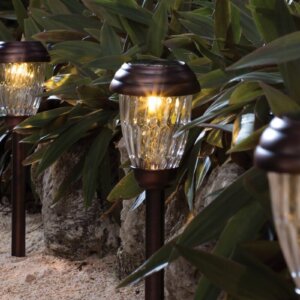

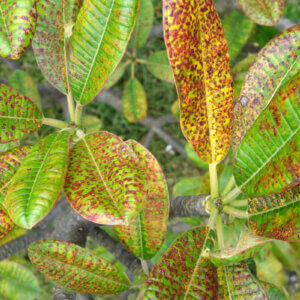
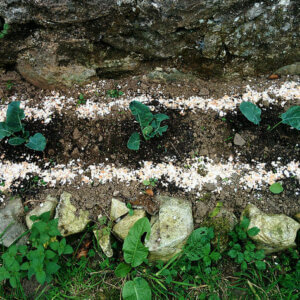
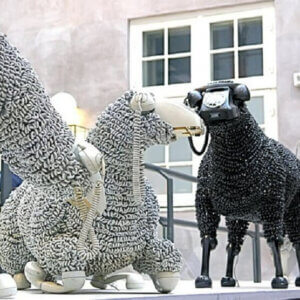



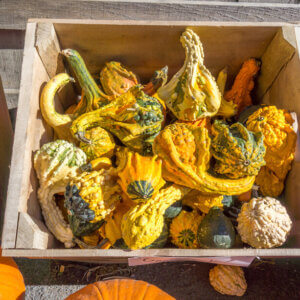

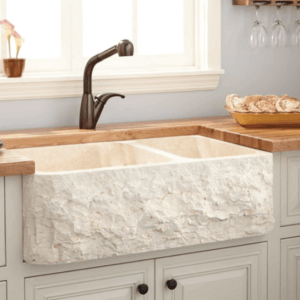
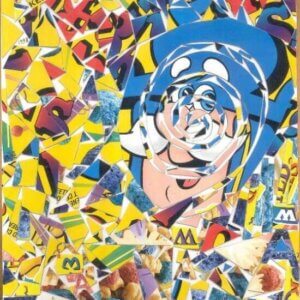
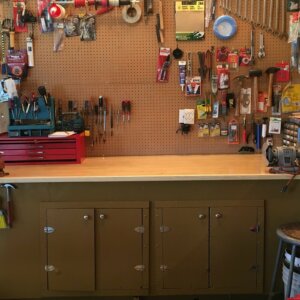
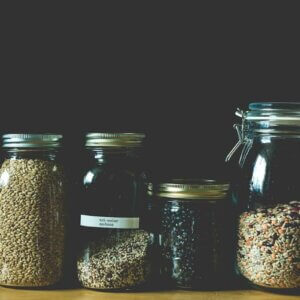

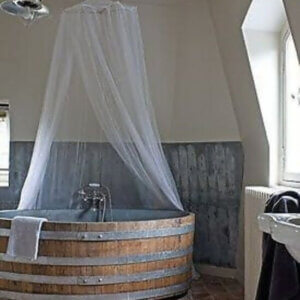


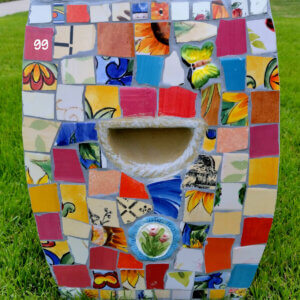







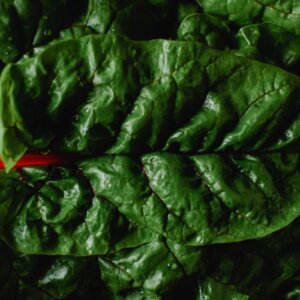


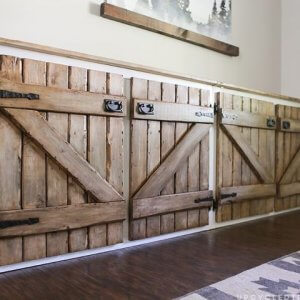
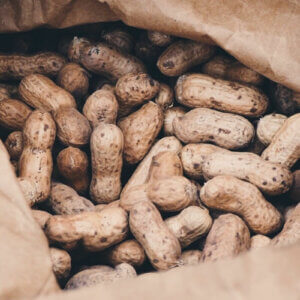
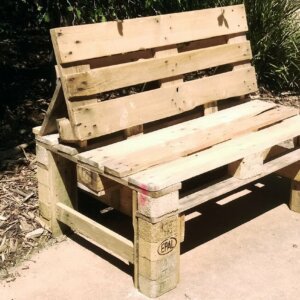
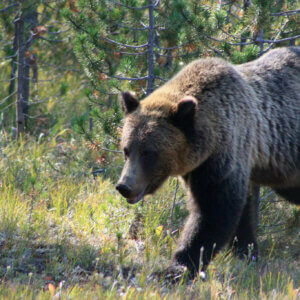



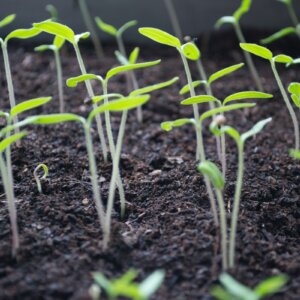
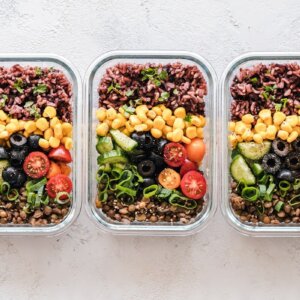

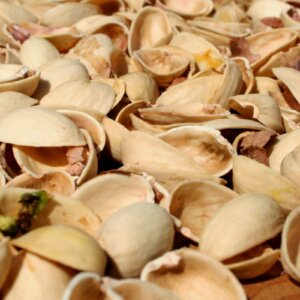
An advantage of hot composting that nobody ever mentioned is that the heat kills fly and gnat larvae in the inside layers. This alone creates motivation to keep that compost hot.